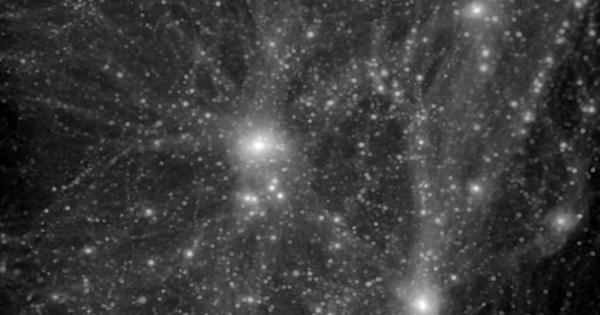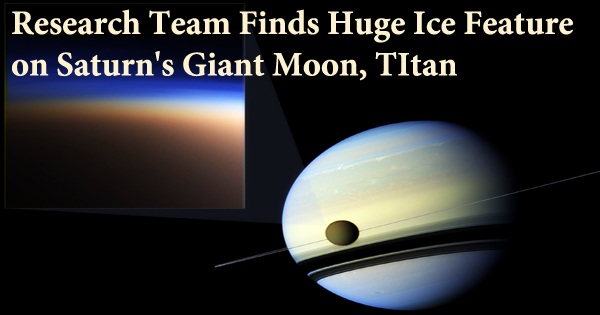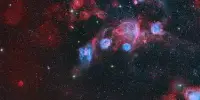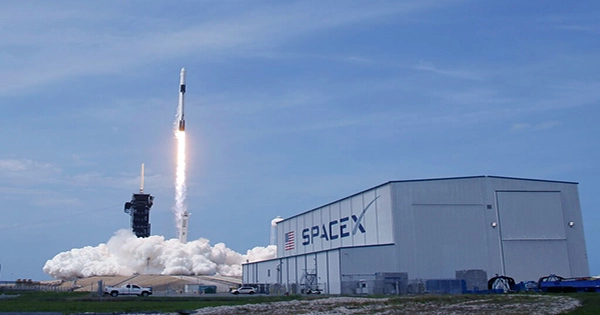For the first time, DES researchers can combine measurements of matter distribution, galaxies, and galaxy clusters to further our understanding of dark energy. Our Universe is expanding all the time. The reason for this expansion remains unknown.
The Dark Energy Survey (DES) scientists have devised a method to ascertain the reason. It is possible to figure out what is going on by combining measurements of matter distribution, galaxies, and galaxy clusters.
This is a difficult goal to achieve. So researchers from the Department of Energy’s SLAC National Accelerator Laboratory, Stanford University, and the University of Arizona devised a solution. Scientists discovered more precise measurements of the average density of matter and its proclivity to clump together in their new study.
Scientists uncovered more precise measurements of the average density of matter and its propensity to clump together.
“It is one of the best constraints from one of the best data sets to date,” said Chun-Hao To, a lead author on the new paper and a graduate student at SLAC and Stanford working with Kavli Institute for Particle Astrophysics and Cosmology Director Risa Wechsler.
Typically, scientists could combine all available data to improve their estimates. However, there is a problem. Matter distributions, galaxies, and galaxy clusters are all linked. Scientists must take this relationship seriously or risk ‘double counting,’ putting too much weight on some data and not enough on others.
To avoid such data mishandling, a new model was created that takes into account connections in the distributions of all three quantities: matter, galaxies, and galaxy clusters. As a result, they were able to produce the first-ever analysis that properly combined all of these disparate data sets in order to learn about dark matter and dark energy.
“Adding that model into the DES analysis has two effects,” he explained. First, measurements of matter distributions, galaxies, and galaxy clusters tend to introduce various types of errors. By combining all three measurements, any such errors are easier to identify, making the analysis more robust. Second, the three measurements differ in their sensitivity to matter’s average density and clumpiness. As a result, combining all three can improve the DES’s precision in measuring dark matter and dark energy.”

In this new study, scientists applied their novel methods to the first year of DES data to improve the precision of previous estimates of matter density and clumpiness. “We can incorporate matter, galaxies, and galaxy clusters simultaneously in their analysis,” said the researchers, adding that “adding supernova data will be relatively straightforward because that type of data is not as closely related to the other three.”
“The next step will be to apply the machinery to DES Year 3 data, which has three times the coverage of the sky. While the basic idea remains the same, the new data will necessitate additional efforts to improve the model in order to keep up with the higher quality of the newer data.”
“This analysis is fascinating,” Wechsler said. I expect it to set a new standard for how we can analyze data and learn about dark energy from large surveys, not only for DES, but also for the incredible data that we will receive from the Vera Rubin Observatory’s Legacy Survey of Space and Time in a few years.”
Now that the team can include matter, galaxies, and galaxy clusters in their analysis at the same time, To believes that including supernova data will be relatively simple because it is not as closely related to the other three.
“The immediate next step,” he says, “is to apply the machinery to DES Year 3 data, which has three times the sky coverage.” While the basic idea remains the same, the new data will necessitate additional efforts to improve the model in order to keep up with the higher quality of the newer data, according to.
“This analysis is very exciting,” said Wechsler. “I expect it to set a new standard in the way we analyze data and learn about dark energy from large surveys, not only for DES, but also for the incredible data that we will receive from the Vera Rubin Observatory’s Legacy Survey of Space and Time in a few years.”
The study was conducted as part of the Dark Energy Survey and was funded by the National Science Foundation and the Department of Energy’s Office of Science.
















